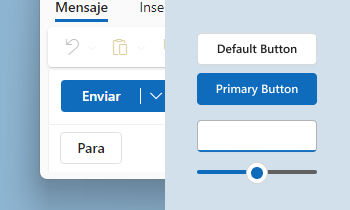

Even more magical is the lossless Zstandard is this a name drop?. It does so much stuff, it’s awesome!
- hella fast compared to similar-leveled compressors (zoom)
- no matter the zstd compression level, decompression takes equal time! (ux!)
- zstd can use a user-given dictionary, or train its own on a sample set (wowie)
- zstd can be used for live compression (compress and decompress as you read and write, not before or after)
- on ram (install more ram??)
- in filesystems (2.5x your disk??)
- saves CPU by not compressing if it’s not worth it (efficiency!!)
- use ALL the cores!
So kool. lol












══════════•⊱💀⊰•═══════════
•STYLISTIC BREADTH
══════════•⊱💀⊰•═══════════